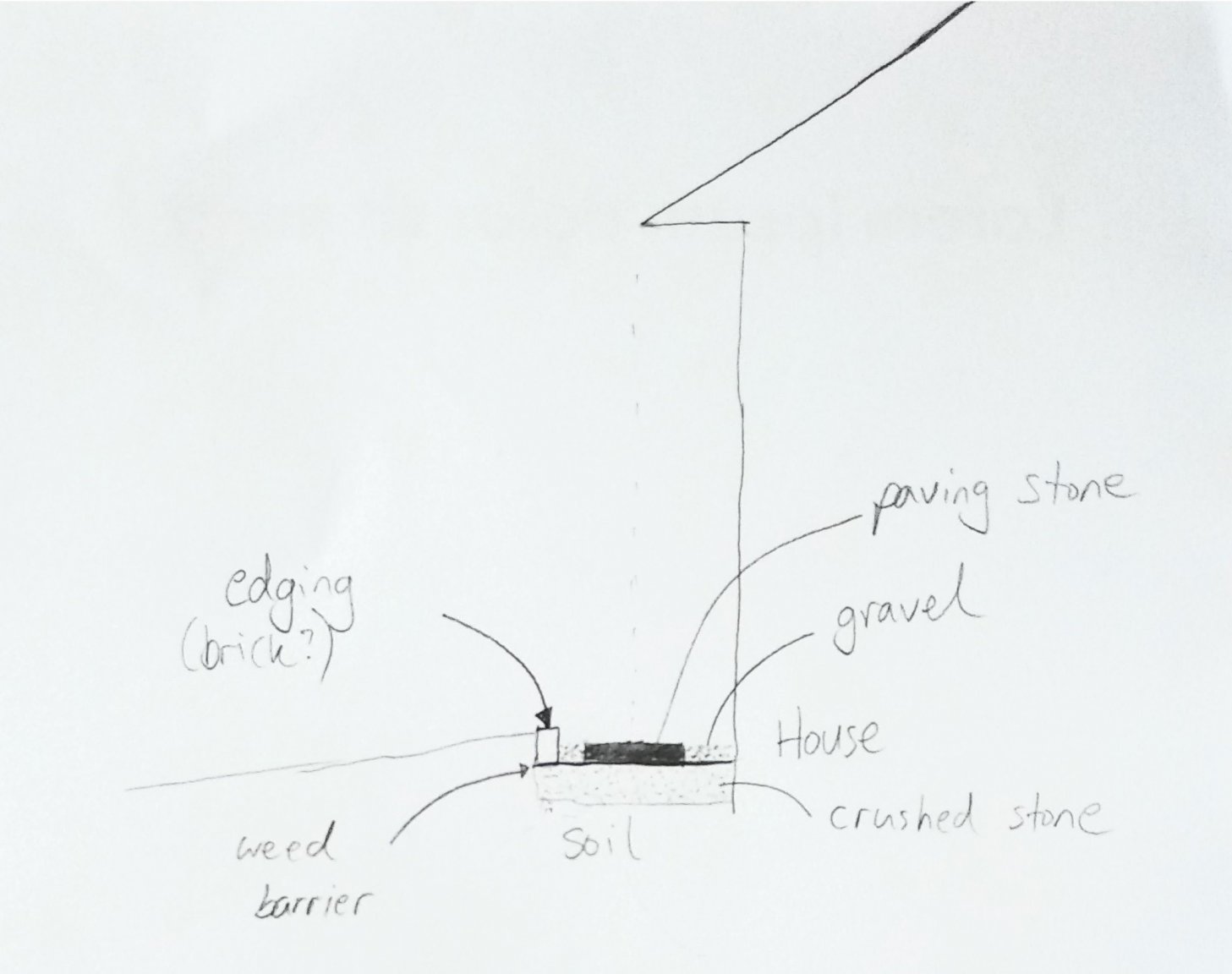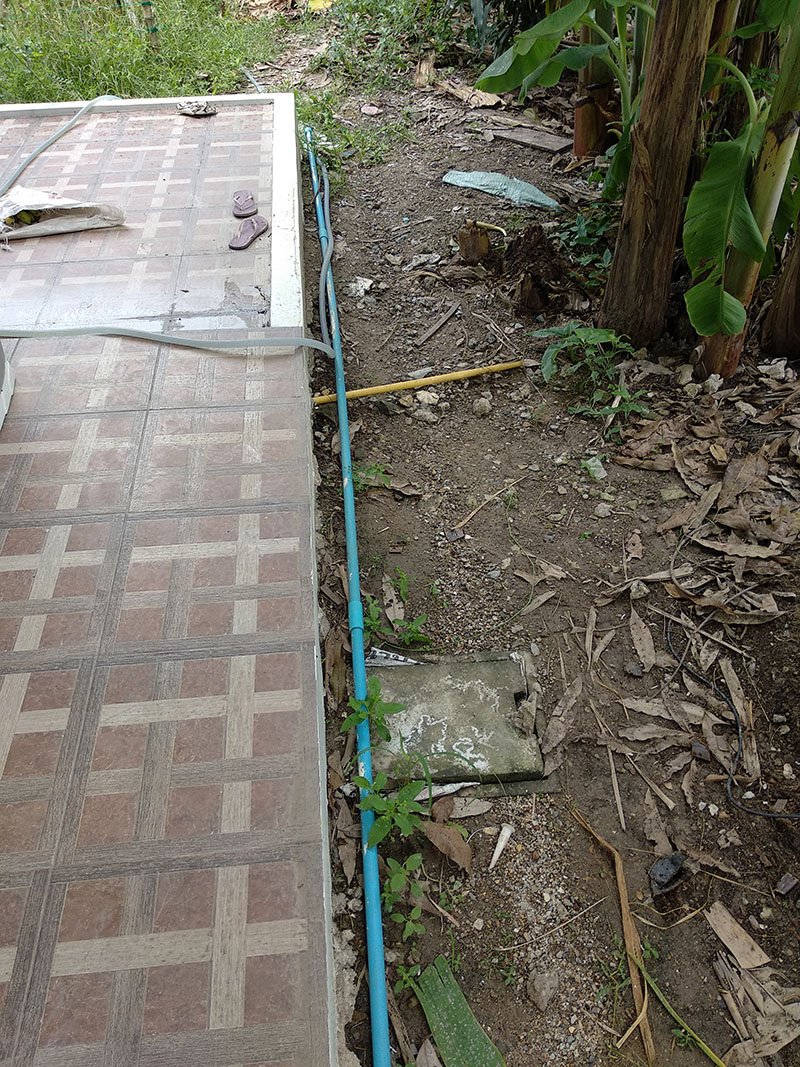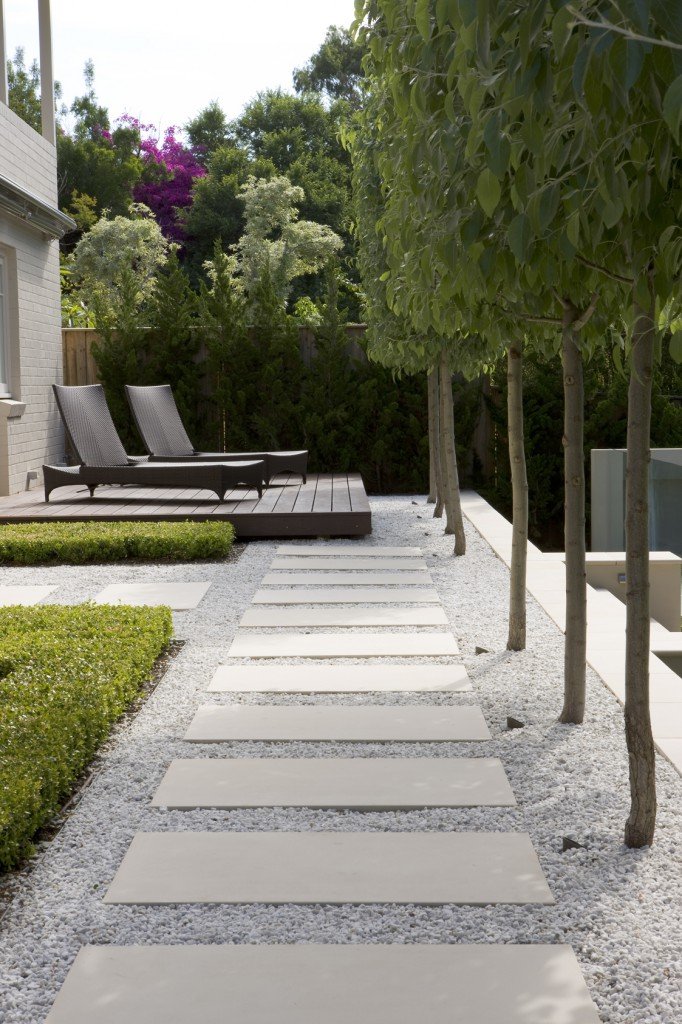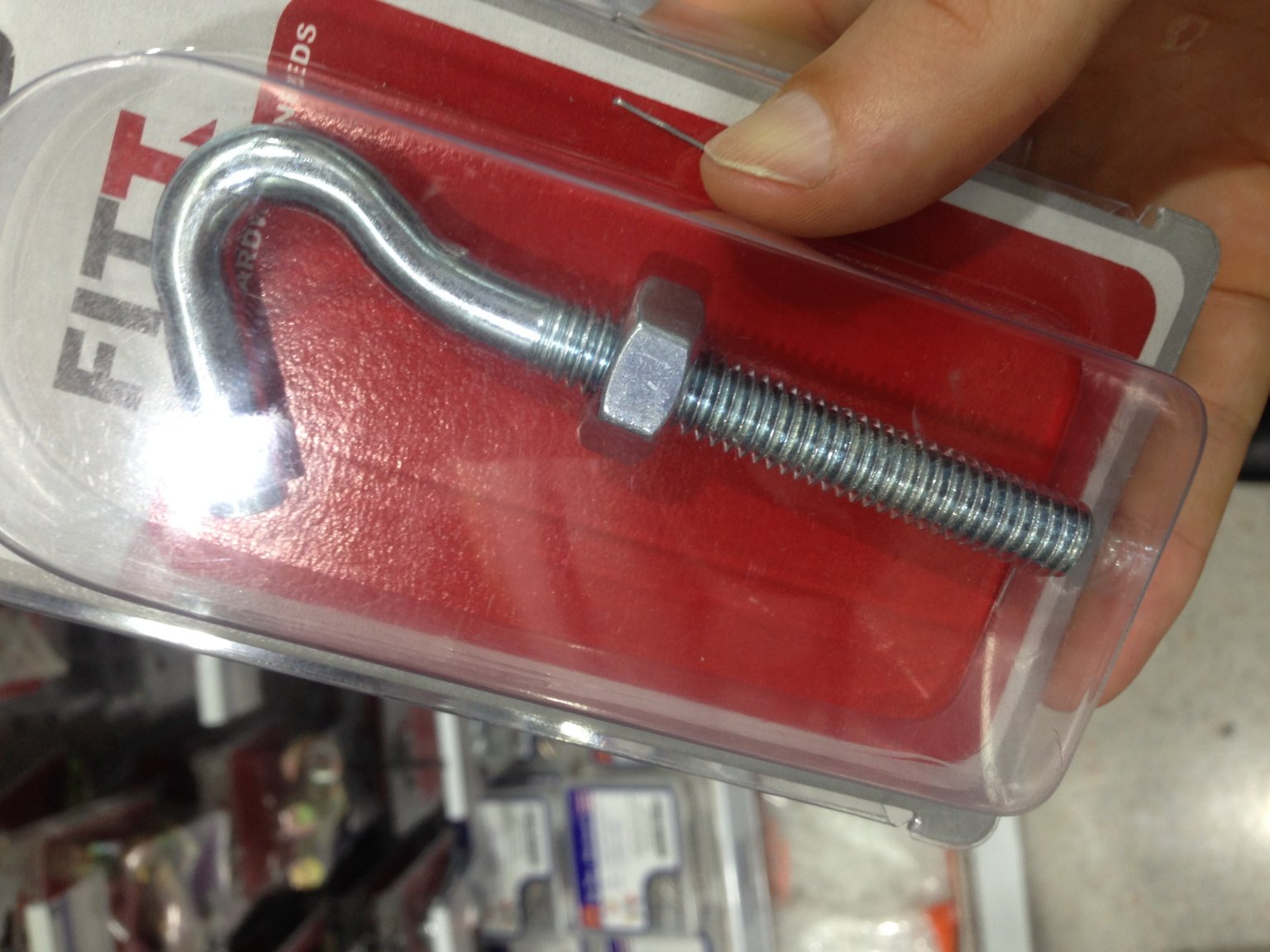-
Posts
95 -
Joined
-
Last visited
Content Type
Profiles
Forums
Downloads
Posts posted by kitjohnson
-
-
17 hours ago, Crossy said:
Is he teaching? If so all bets are off and this would likely be best served in the teaching forum.
Yes, he's teaching! I didn't know the visa requirements were different for teachers. I also don't know how to move this tread to a different forum. Can non-moderators do that?
The verification isn't required for extensions, only (apparently) for new visas.
17 hours ago, Crossy said:I went through the same process to get my UK marriage certificate legalised to get my local ID card
Did the notary sign and stamp your original marriage certificate, or a copy?
-
One of my friends had real troubles getting a b-visa (applying in Chaeng Wattana, Bangkok) because his UK degree certificate wasn't verified. The British Embassy in Bangkok no-longer offers this service and presents a convoluted three-step process that requires:
- Getting the degree legalised in the UK
- Having the Thai Embassy in the UK legalise the already-legalised document
- Having the doubly-legalised document sent to the Ministry of Foreign Affairs in Bangkok to be stamped.
Even step one seems difficult. It requires a notary public in the UK to certify the degree. Do they certify the original degree with their notorial stamp? That seems strange. I'd prefer the original was kept pristine. Do they certify a copy? I phoned the Legalisation Office who said that it depends on the country where the certificate will be used. Here is what the Thai Embassy in London say they require for step two:
- The original document(s) to be legalised, certified by FCO (UK)
- A copy of every single page including an apostille page from FCO (UK)
- Legalisation application form and a copy of applicant’s passport for reference (** Non-Thai can omit this requirement)
- A fee of £10 per document is required in cash or postal order made payable to the Royal Thai Embassy, London.
note: The FCO stands for "Legalisation Office, Foreign and Commonwealth Office".
Between 1 (the original document which is certified) and 2 (a copy of every single page), I've got to say I'm confused.
Does anyone know exactly what I should tell the notary public to do? I've never even been to a notary public before. This whole process seems like it will be expensive, and I don't want to add to that by making mistakes.
Related question: are there any ways to get around this? How about getting the degree verified by a British embassy in a neighbouring country, if they're still offering that?
-
Does anyone know what the local way of tamping down crushed stone is? It's about 100 square meters, so quite a lot to do. In the videos I've seen online you can hire a machine that looks something like a lawnmower to do it, or use a flat square thing attached to the end of a pole and tamp it down manually.
-
Thanks a lot, @eyecatcher
I was also thinking of using the stones/gravel (I get confused with the terms) that they use in concrete mix as the cheapest option, and not a bad one either. And having this abutting the house is also exactly what I had in mind.
I hadn't thought about the effect that the angles of this stone/gravel would have in absorbing/deflecting rain: all the better.
I had seen an article saying to lay the edging in mortar, but had until now ignored that. But I can see the sense of it now. Pretty much essential.
So last question: is laying the pavers in mortar also essential, even if we go with crushed stone as opposed to a concrete bed?
-
16 hours ago, eyecatcher said:
I am going to suggest you lower your sights a bit and remind you that pavings, gravel, tarmac, concrete whatever is going to be a life of on going maintenance....
weeds; they are as voracious as termites and you cannot stop them.
Fair enough: weeding will be needed, or a weedkiller!
16 hours ago, eyecatcher said:You are correct with the path build up, the usual "inch and half down" crusher is the way to go but not always readily available. 100mm needed really and well compacted.
Here's my interpretation and conclusion:
From what I've read, anything from one and a half inches up to six inches for the crushed stone is recommended, depending on the soil below. Our soil seems quite clay-like to me, but I'm no expert. I guess we'll go for not more than 4" (10mm), but possibly less.
For the depth of the actual gravel or pebbles (and I'm talking small round stones here, not crushed or mixed with stone dust), would that just be dictated by the depth of the paving slab? If so we're only looking at about one inch.
If you have that there is no need for the sand bed if you are going to bed the paving stones on a stiff mortar.
I hadn't thought about laying the paving stones on a mortar bed. Is that just to keep them still? Could you lay mortar directly on top of the weed barrier?
Currently my biggest question is about drainage. We already have drainage issues as the land doesn't slope away from the house, so that needs to be fixed by landscaping. But I'm thinking that with the little diagram I posted above, that we're goin to be creating here a little pool of water right next to the house. All the rain from the roof will be falling onto it. There's no damp course on the house (the contractor hadn't even heard of one and we didn't get it researched in time before the walls went up) and so having a poorly-drained path would surely lead to rising damp. Does anyone have any smart ideas to tackle this? Or will the crushed stone drain well enough, provided the land and path are on a suitable slope away from the house?
16 hours ago, eyecatcher said:However you see some pipes floating across across areas and prone to stepping on and breaking a joint. Use your best endeavours to protect it with some bricks under, or even a bit of concrete or maybe a blue soil pipe ripped in half and bedded over the pipe and then lost in the gravel.
That makes a lot of sense.
I'm really grateful for all this seasoned advice.
-
One other question, is that we have blue PVC water pipes running alongside the perimeter of the house, just resting on the ground. Is it okay to just put gravel/pebbles on top of this, or do we risk damaging them from foot traffic over the years? This photo shows an example, with a bonus yellow pipe containing electrical cables towards the rear fence (just in case one day we want to light up said fence).

-
It's been a year since my house in Bangkok was completed (so grateful for all the help on Thaivisa.com) and so far it's a great place to live. One issue we're facing is that when it rains, the water hits the earth about 90cm from the house, splashes up mud and spoils the nice white walls. We've been planning on a pathway around the house but now it's really time to get to it.
The kind of design we're looking for is attached as an image of the concept, and also a render from Sketchup. It's single pavers arranged with gaps, like stepping stones but more formal. Surrounding them will be either gravel or pebbles, depending on how much it all costs. Pebbles would be nice but probably quite expensive. The entire area is about 100 square meters.
My question is how to plan the 'foundation' for this. When you're making paving stones that but up next to each other, it's important to lay both gravel and then sand, so make sure it's really level. But since our pavers are spaced apart, it's not quite so important that it's exactly level.
What's important to us is:
- no weeds popping up
- good drainage
- pavers remaining fairly (but not precisely) level over the years
- as cheap as possible. Our budget is just about all used up.
So I'm unsure what material and how deep we should use for this foundation. That's the question.
More details:
- The total area (including pebbles and pavers) is 98 square meters.
- The area of pavers if we use 30cmx60cm each is 32 square meters.
- This leaves 66 square meters of pebbles.
I found some concrete pavers locally, 30cmx60cm, for 70 baht each, which will probably do the job.
Thank you!
-
19 hours ago, grollies said:
Why on earth do you want a hammock indoors anyway.
If you have a garden stick up a couple of 3m concrete posts and sling it up in the shade.
Just realised the OP was a bit ambiguous. I wanted to hang it outside the house, but it's actually under an overhang of the second floor so it would be nicely shaded. Also quite near the kitchen for beers etc.

-
8 minutes ago, mogandave said:
The first 3 on the plate go perfect, it’s that last one that always ends up a direct hit!
I can totally visualise this now!
-
7 minutes ago, bankruatsteve said:
A few holes in a support column would not be an issue but the likelihood of running into steel would.
I appreciate your advice. When you say steel, do you mean the rebar inside the concrete column? (Sorry to sound like such a construction noob)
-
Excellent points about there being a strong pulling force, not just shear force, and also about the broken back.
I'll think about this carefully before attaching the thing, but a plate on both sides of the block sounds like a good start.
At this part of the house there are structural columns. I don't like the idea of drilling lots of holes into a column, as I feel it could weaken the integrity of the column itself, but I could be quite mistaken here.
-
A steel plate with an eyelet sounds like a great idea. I'll have a look to see what I can find.
@Pogust That screw looks like magic. Did I understand it right: self-tapping into wood, and self-anchoring into AAC? How expensive are they?
-
My house walls are made of aerated autoclaved concrete blocks, aka AAC, superblocks, thermalite, etc.
Most people I've asked are like "any old anchor will do", but for more heavy-duty fixures, let's say hanging a hammock, for example, I want to make sure I don't accidentally rip a hole in the wall.
At Homepro I found these hooks, but I'm not sure if they will be any good or not.
Hook 1 and 2 both have some kind of anchor:
hook one

hook two
Hook 3 doesn't have any kind of anchor, so I'm wondering how it would every get anchored to anything.
hook three
-
I've spent a lot of time trying to find the difference between the EP and WP ranges, but couldn't figure it out. Thank you heaps Lookme for answering it.
Now I'm scratching my head trying to work out why the EP-305Q5 and WP-305Q5 are almost identically priced at Boonthavorn. The EP looks like a better pump in every way.
On 27/02/2017 at 10:21 AM, Lookme said: -
Now the praise for Grundfos pours in, and my mind begins to be swayed.
-
I'm really grateful for the replies here. My conclusion is that the Grundfos one would be great, but is overkill. The downside to this is really just paying more than we need to.
I'll get back to the shop and have a look at the Mitsubishi ones, around 250 watts. One advantage of the Mitsubishi ones is that they have a plastic cover. Given that this will be living under cover but nevertheless outdoors for its whole life, the plastic cover will make it a whole lot easier to keep clean.
Again, I really appreciate the replies.
-
I and my wife are building a two-storey house with four bedrooms and four bathrooms, and I'm looking for some advice about getting a pump, which will be placed right next to a 900 litre water tank, which will itself be fed from the Bangkok mains water supply.
We expect only to have two showers in use at any one time. One of these will be a rain shower, which will use quite a lot of litres/minute I expect.
All of the bathrooms are arranged around a central area of the house; the water pump will be near this center, and so the horizontal distance that the water needs to travel will about six metres maximum. The vertical height it needs to travel is to the second floor (4.4 metres) plus whatever the height of the shower is. This seems a really small amount of distance for the water to travel from the pump.
We went to get a pump yesterday. The sales staff at Boonthavorn say recommend Grundfos pumps, saying that their customers very rarely have a bad word to say about these pumps. Our architect had a similar opinion. But all of the Grundfos pumps are 500 watts or more. The one we are interested in looks great; it has an included 6 litre water tank which is pressurised, meaning that the pump doesn't need to turn on every time we turn on a tap to wash our hands. It waits until the 6 litre tank is run out before turning on again, and then it turns on long enough to get that tank full. This seems like sound design, but I couldn't see it with any of the other tanks in the store (mostly Mitsubishi).
It really looks like an awesome pump, but I just wondered is it possible that this pump would be over-powered? When looking at the Mitsubishi sales materials, an appropriate sized pump for our needs, given the situation I described above, would be about 250 watts. Would getting a 500 watt pump likely cause any issues except possibly an over-sized hole in my wallet? (The Grundfos pump we liked would be about 19,000 baht.)
-
On 24/11/2016 at 0:07 PM, Oxx said:
I think a point you may be missing is that bifenthrin is in class C because there isn't yet conclusive evidence that it's a human carcinogen. We know it's carcinogenic in rodents and so almost certainly is in humans, but there hasn't been the relevant research for humans. That means it's classified as a probable human carcinogen.
In the case of alcohol and meat there's been a lot of research done, so the evidence is clear, hence the more risky classification.
This does not mean that bifenthrin is less dangerous than alcohol or meat, but that the research hasn't (yet) been performed. That (actually quite serious) element of doubt would personally make me want to avoid the product.
Thanks very much, Oxx. That's informative. I guess when the facts are laid out it comes to a personal decision about what you consider to be a reasonable or unreasonable health risk.
-
Thank you Sphere for finding the picture, and thank you Oxx very much for finding the regulatory information. That's really helpful.
On 23/11/2016 at 9:58 AM, Oxx said:I'm not sure that falls into the category of "safe to use". The manufacturer's data sheet: http://www.sherwood.co.th/msds_en/Chaindrite_Stedfast_30_SC.pdf
The active ingredient, bifenthrin, is a suspected human carcinogen (it causes tumours in mice), and was banned in Europe.
Bifenthrin is what I mentioned earlier. It was banned in Europe but then re-introduced. It is routinely used in the USA on corn crops, if the information on toxipedia is accurate.
I was interested in what exactly "class C" carcinogen means, so I read info by the American Cancer society :
QuoteGroup A: Carcinogenic to humans
Group B: Likely to be carcinogenic to humans
Group C: Suggestive evidence of carcinogenic potential
Group D: Inadequate information to assess carcinogenic potential
Group E: Not likely to be carcinogenic to humans
On the same page I find that alcohol and processed meat are in group A. Red meat is in group B.
For me Befenthrin seems safe enough to put on the ground under my house. But it's started to make me re-think the advantages of eating organic food.
-
On 21/11/2016 at 2:16 PM, madmax2 said:
The same poison used in crack and crevice spray sold in supermarkets in pressurized cans is also available in hardware stores in 4 litre cans of liquid, get the builder to paint all your show timber with it before applying the timber finish its clear when dry, it kills and repels all types of ants, cockroaches etc and you will not have to apply it again if you do not sand back the timber and refinish it
WE used it on our eves and patio which have a show timber finish as recommended by the painter that did the job
Sounds good. Can you recommend any specific brands or products?
-
On 20/11/2016 at 10:38 AM, madmax2 said:
Sounds like a system they use in Australia which uses poison baits to attract the termites
Actually i do not think there are any safe chemicals used here, Just ones that are banned
in other countries like the USA and they are getting rid of their stocks of chemicals which
cannot be sold in their own country
Common practice by the big chemical producing countries to use developing countries to
sell their banned stock and turn a loss into a profit
Most modern houses have little or no wood in them so no need for chemical sprays
Only wood in our home is the built in cupboards, i just drilled a few holes into the bases of
them and use termite spray in a pressurize can bought from the supermarket, works
really well, no termite problem
Thank you very much for the advice.
We found out that the company actually uses Bifenthrin, which is a pesticide currently used on crops in the USA, according to what I've read on Wikipedia and elsewhere. It was banned in the EU for a while but the ban was lifted. It seems safe enough to me. But I'm still a bit concerned…why does the information on the website (i.e. using a banned substance) contradict the information on the quotation/sales contract (nice and safe substance)? I can't believe that the website is 16 years out of date (Chlordane being banned in Thailand in 2000).
We have very little wood planned for this house. Only the staircase treads will be wood, plus whatever furniture we use. The kitchen will be built of bricks and concrete, so just the doors that could potentially be wood.
Perhaps we should just get the contractor to lay some plastic pipes (he said about 10k to do this) and not actually fill them with any pesticide yet, or ever, if we never have a termite problem.
This beats the 50k quote from the company that advertises use of banned chemicals, and has the advantage that we're not actually using any pesticides until if and when it's necessary.
Building a house…all the decisions you make seem so very permanent.
-
We're just laying for the foundations for our house, and it's time to think about termite treatment. The contractor recommended a company, who I just researched, and it turns out they use "chlordano", which is another name for chlordane. This has been banned in Thailand since 2000, yet this company still uses it. Unbelievable…nearly. TIT.
Does anyone have advice for effective termite treatment which can be laid during the construction of the house. I'm looking for recommendations of specific chemicals, treatments, or companies that offer these (in the Bangkok area).
-
On 14/11/2016 at 1:55 PM, Monkey Fish said:
Hello. I'm selling my car and trying to get the two forms (drl6 and power of atty) that are always mentioned in these threads.
Unfortunately each time I click on one of the .pdf file links, I get a new page with this error message:
"This XML file does not appear to have any style information associated with it. The document tree is shown below."
Some problem in a few different threads. Any help would be appreciated.
Have you tried opening them in another browser or from another computer/device?
-
On 01/07/2016 at 2:12 PM, johng said:
Ok I'm going to take another guess seeing as replys are scarce
I think your person B would only be used when the vehicle is owned by a company , finance company or a lawyer ?
I sold the bike last week, and it turns out John was correct. (I went in-person, and asked the staff at the land office to confirm this.) If you're not acting on behalf of someone else, just leave blank 'Person B' and its related address.
.png.3b3332cc2256ad0edbc2fe9404feeef0.png)










Specific requirements for legalisation of UK degree ceritifcate
in Teaching in Thailand Forum
Posted
Thanks very much for checking, @Crossy! That makes sense. It would be weird to scrawl over the original itself.
Much as I don't want to pay good money for this, I think it's worth having in the bag for next time I apply for a teaching job.
The UK embassy in Bangkok stopped offering this service recently.